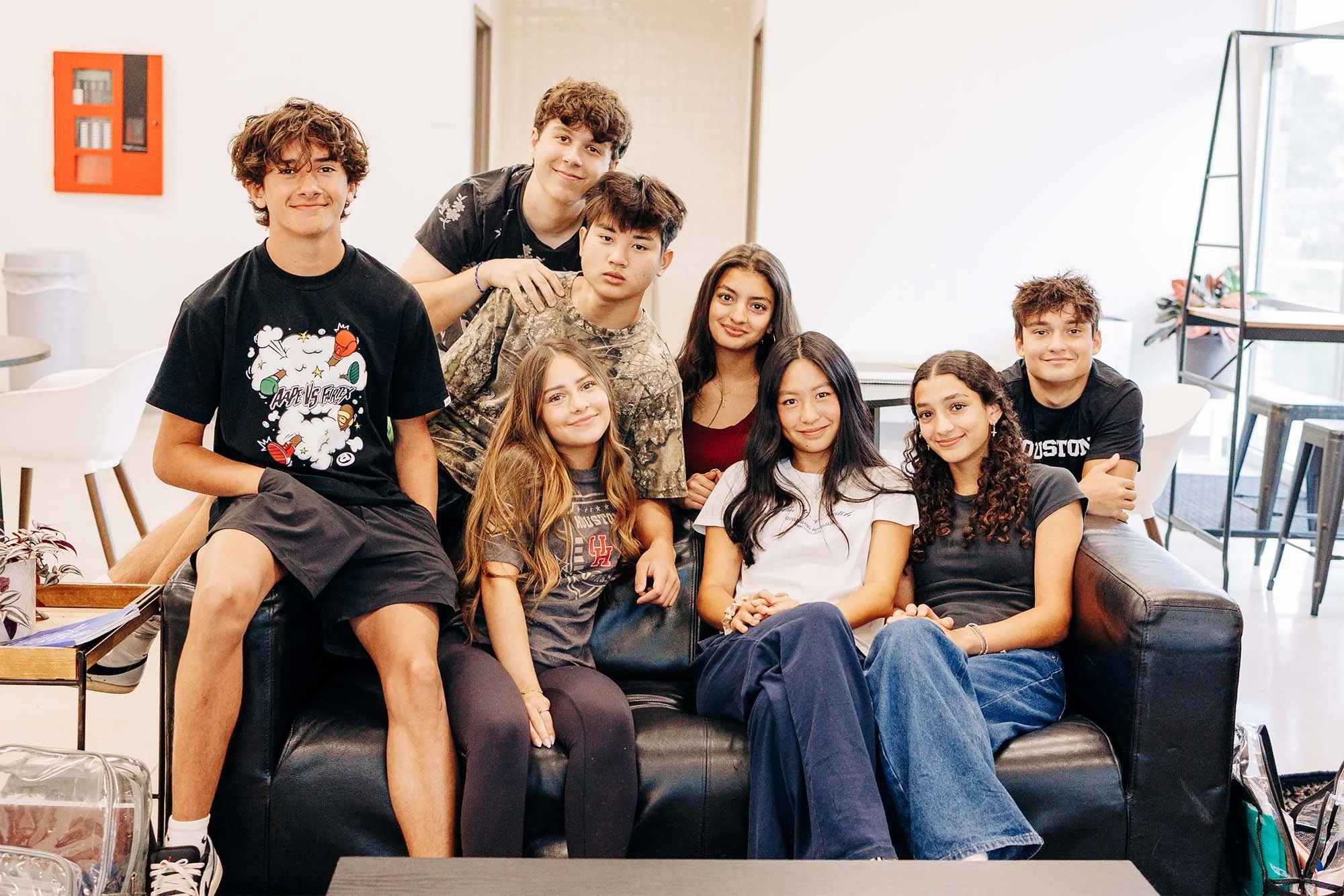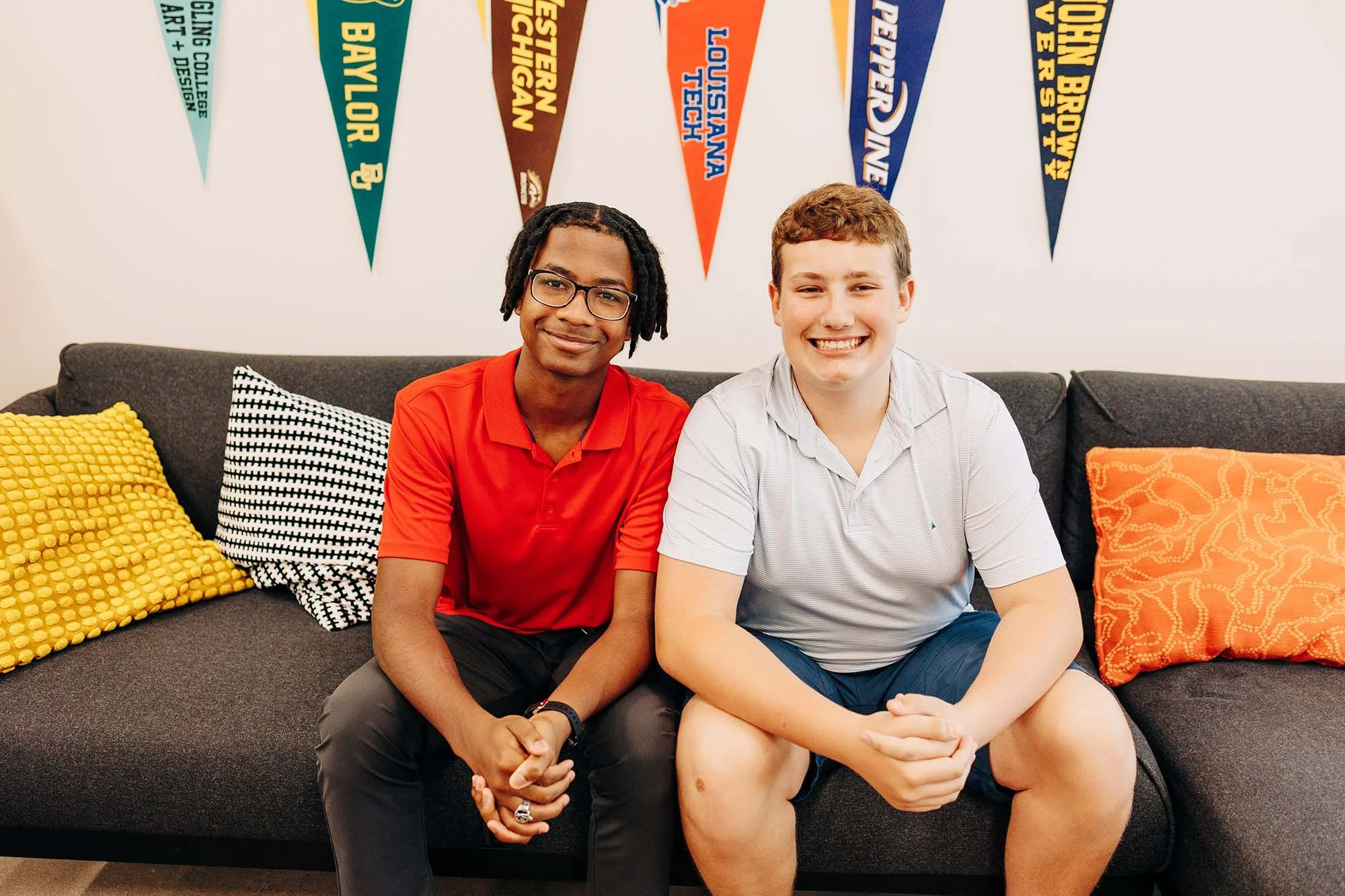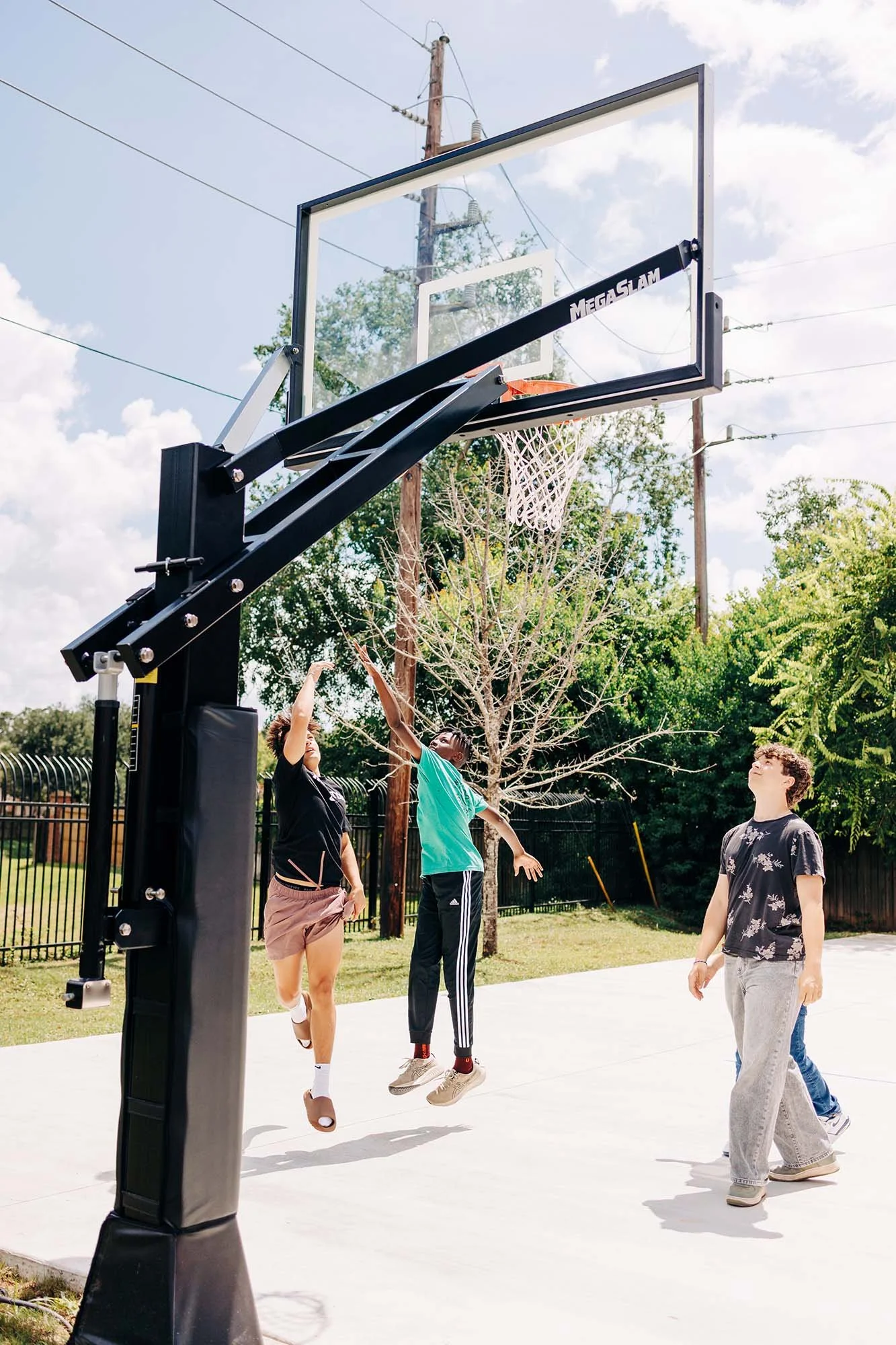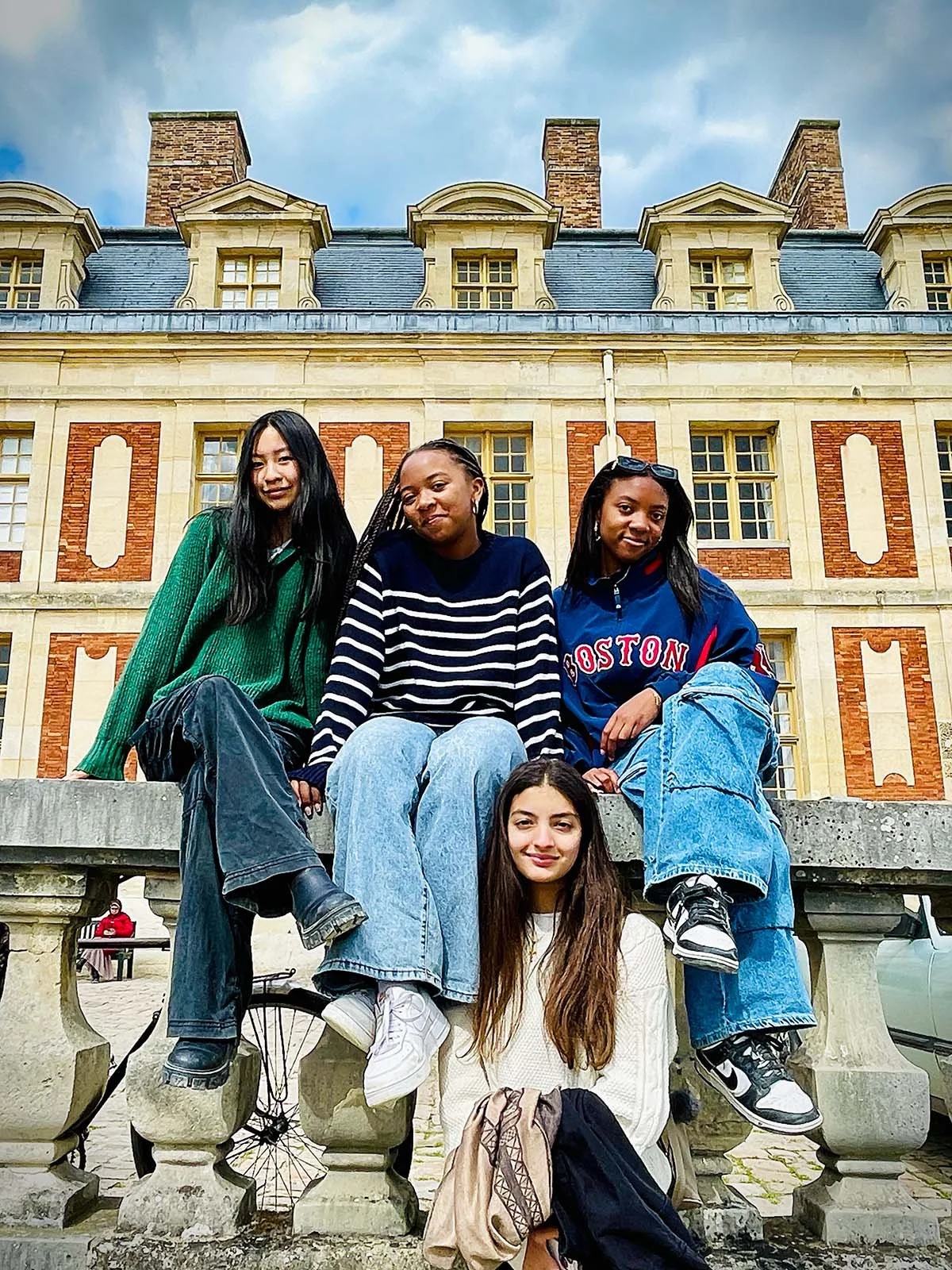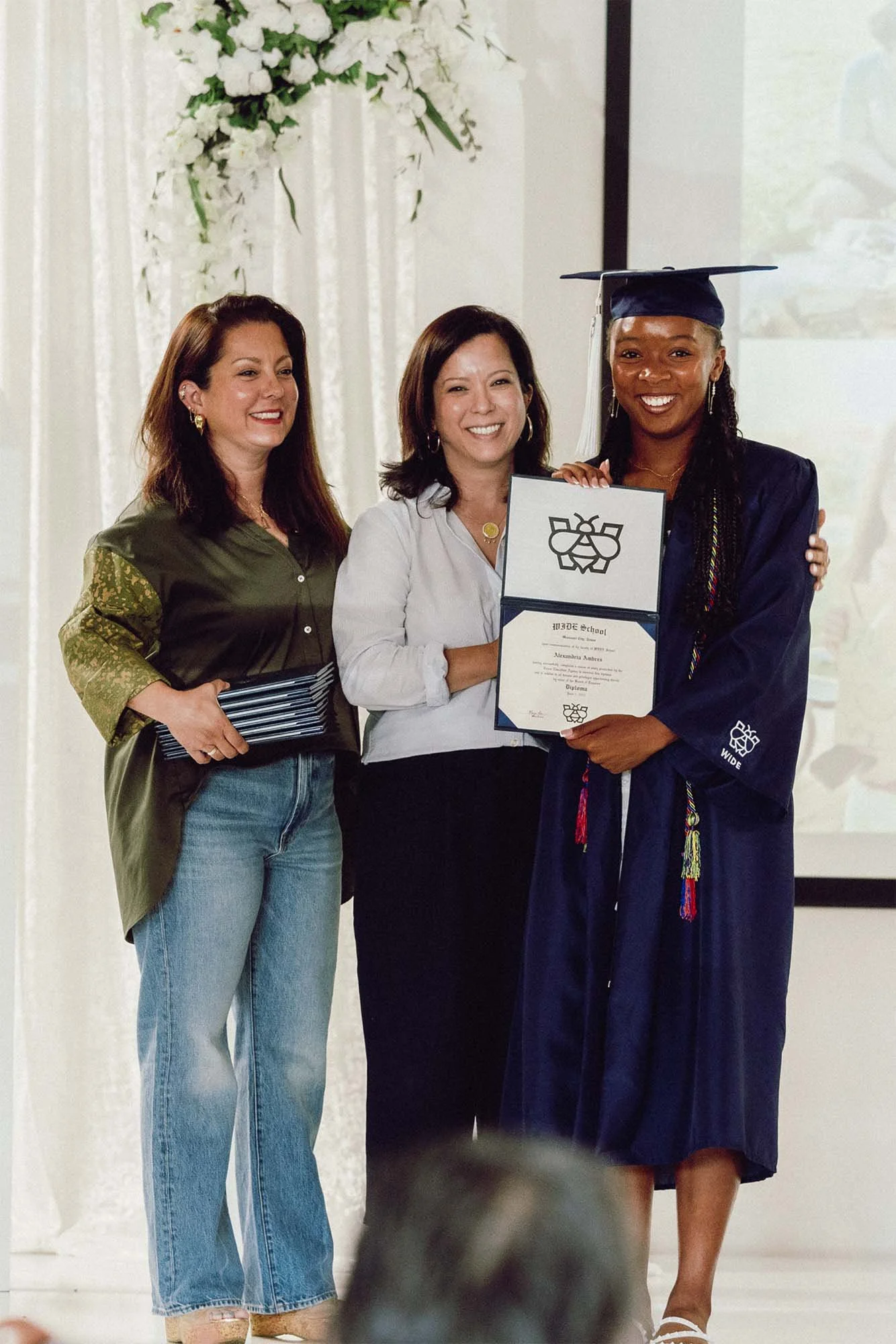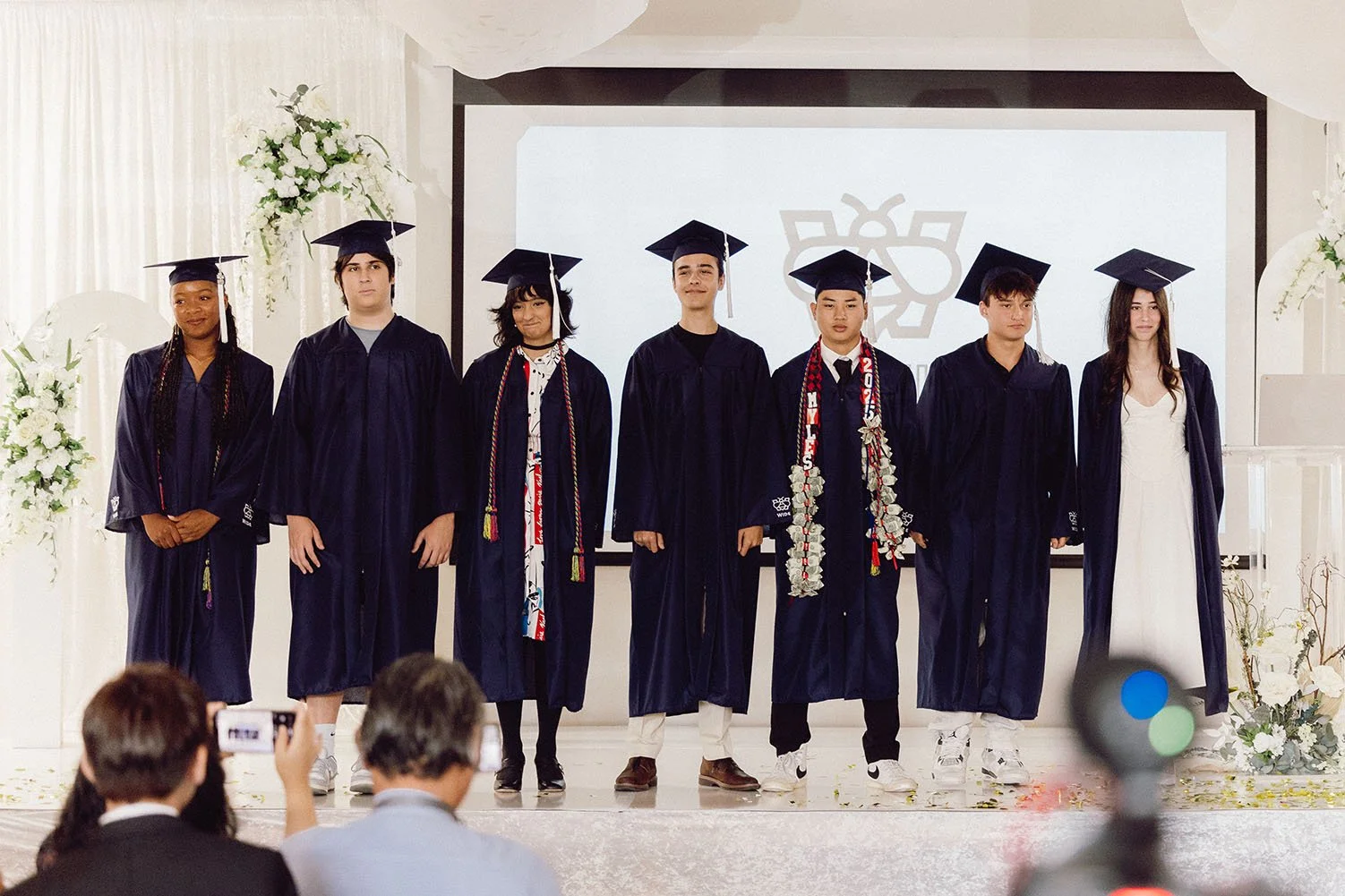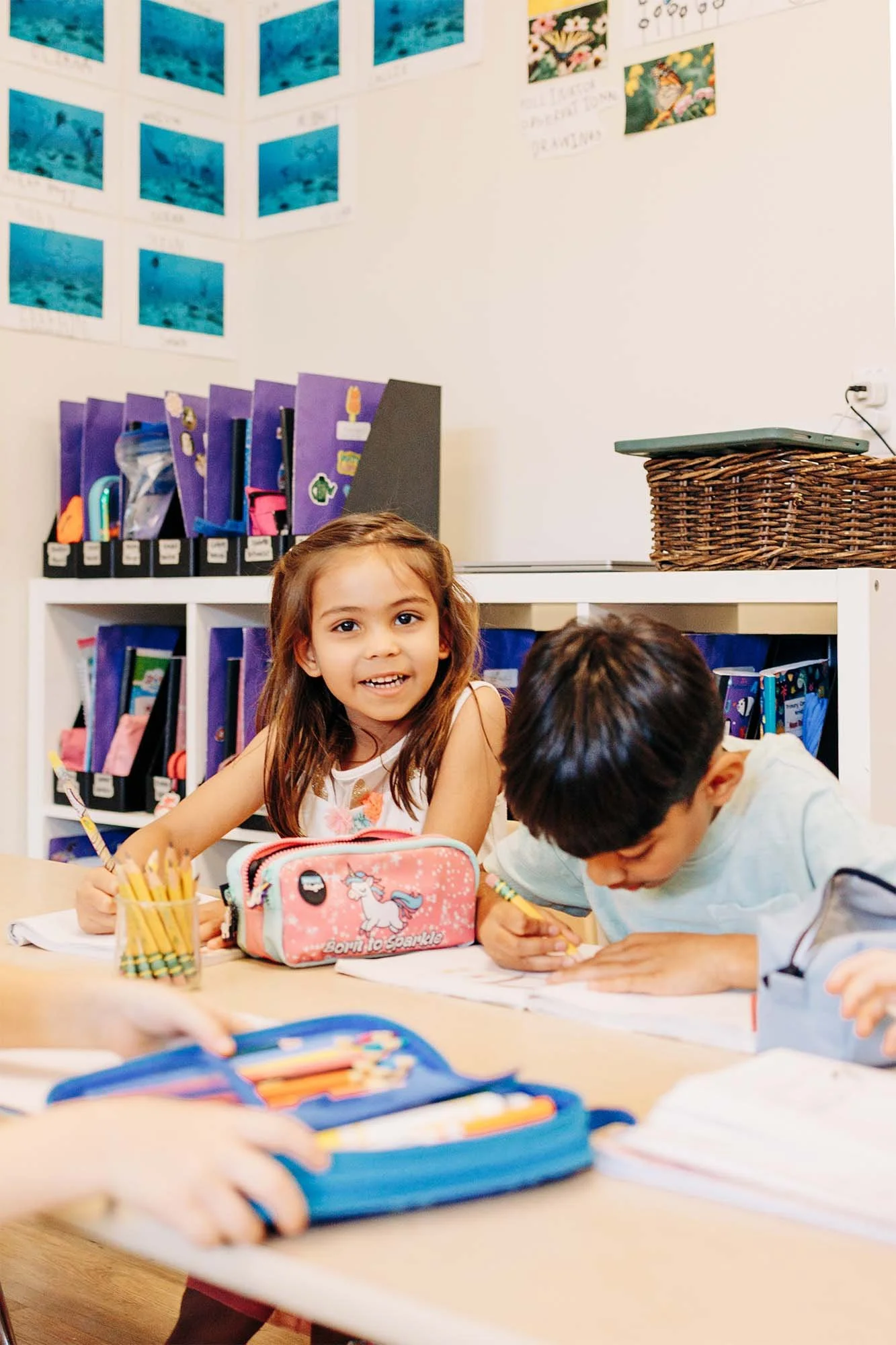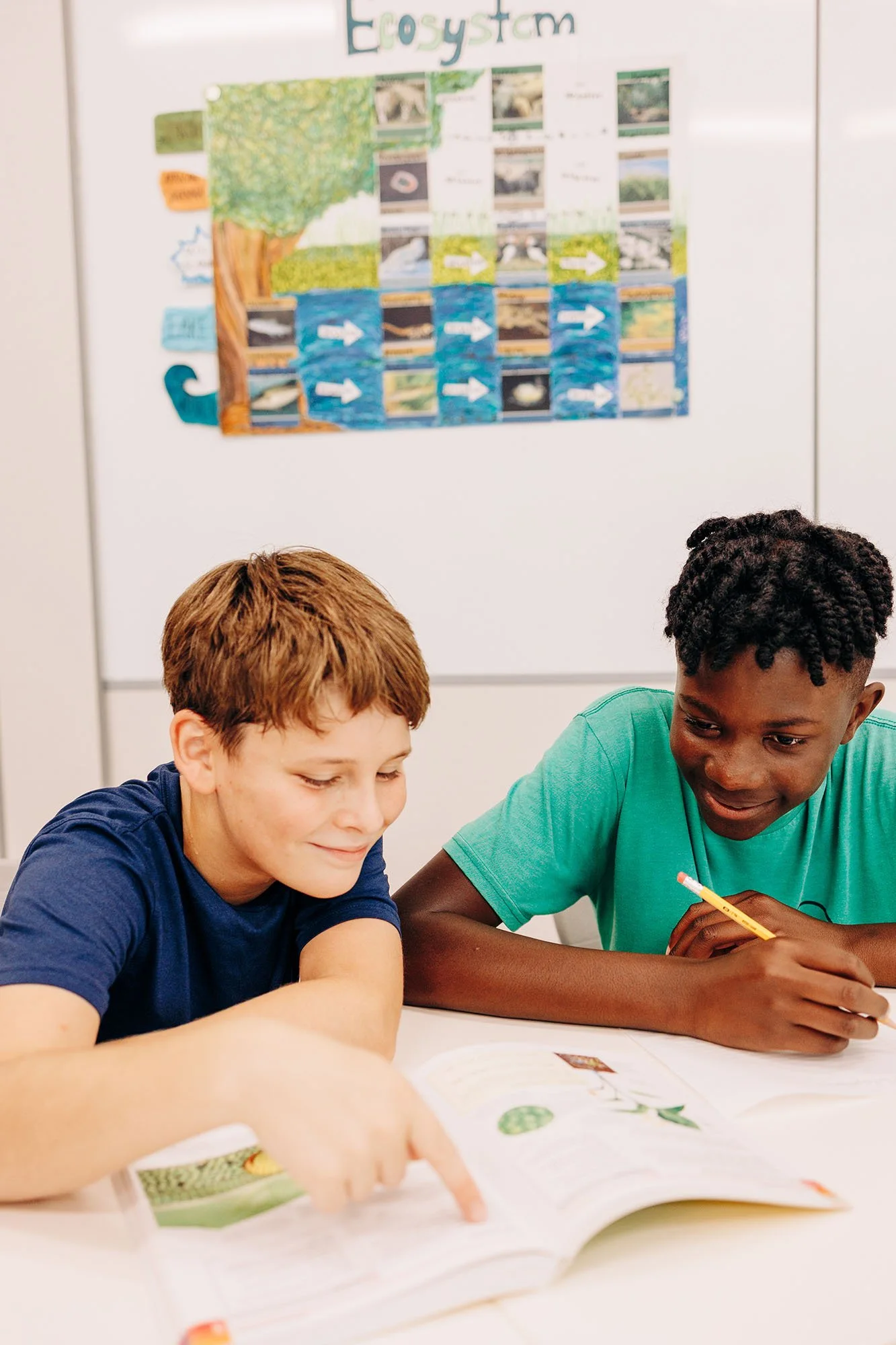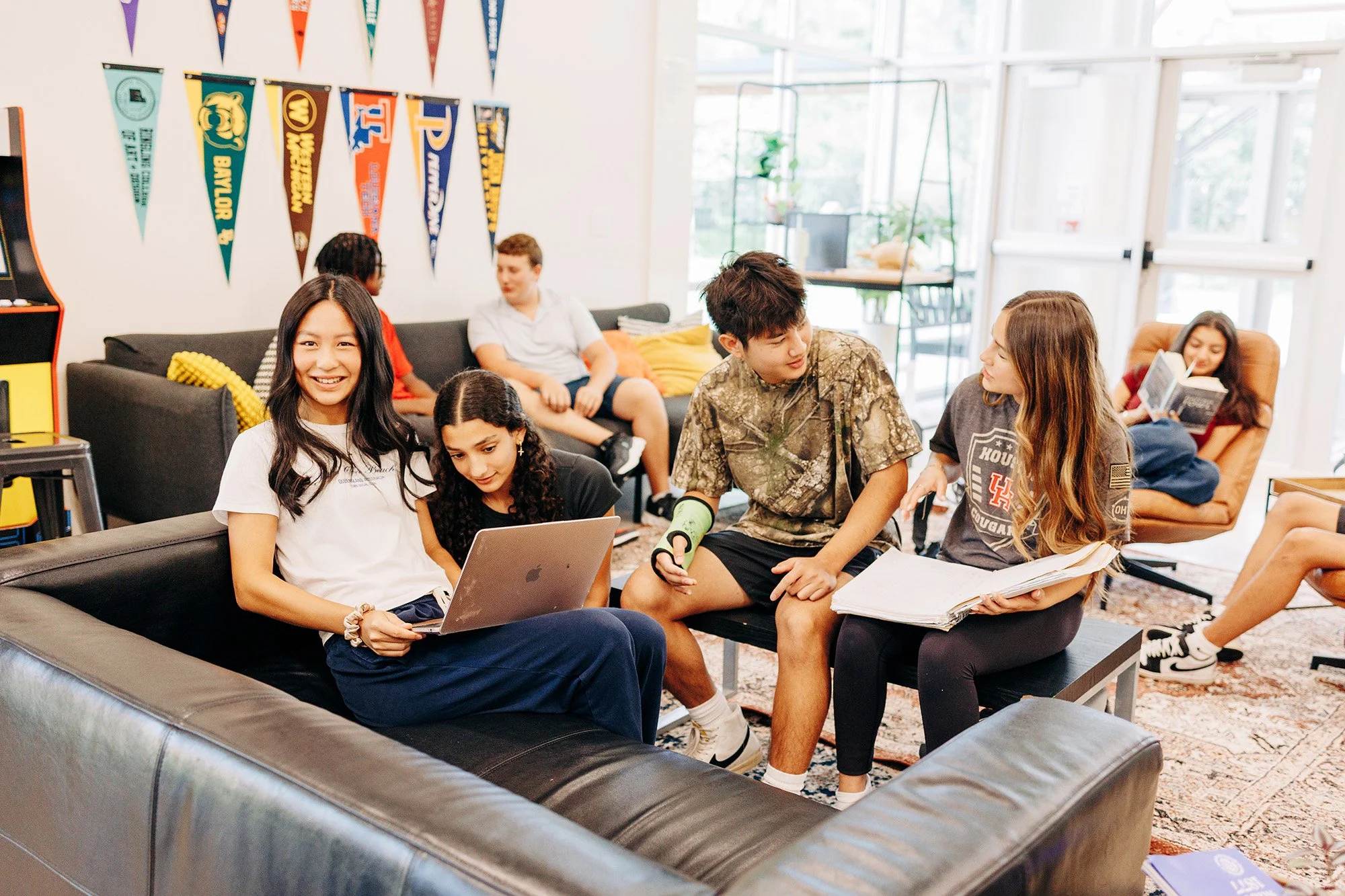
High School at WIDE
High school at WIDE is more than preparation for the future, it’s a journey of discovering who you are.
We take time to deeply know each student, their strengths, interests, and dreams, and use that understanding to guide them through personalized learning pathways. Whether it’s through college-level courses, entrepreneurial ventures, creative pursuits, or community-based internships, we make sure each student’s path reflects them.
HIGH School at WIDE:
Developing leaders with real-world application
Internships are a key part of that journey. We intentionally place students in real-world settings, studios, tech labs, nonprofits, architectural firms, and more, not just to build résumés, but to help them explore what they love, what matters to them, and how they want to contribute to the world.
By the time they graduate, WIDE students know themselves deeply. They leave with clarity, confidence, and purpose, ready to step forward with both a strong academic foundation and a powerful sense of identity.
Our commitment to global citizenship also reaches its peak in high school. Students travel abroad, engage in international exchanges (including living with host families in Paris), and participate in events like the UNESCO Youth Symposium in Greece. They’ve walked the streets of Japan, Spain, and France, not as tourists, but as youth ambassadors in conversation with their global peers. These transformative experiences shape students into compassionate, informed, and capable leaders.
Our students leave with clarity, confidence, and purpose, ready to step forward with both a strong academic foundation and a powerful sense of identity.
High School highlights include:
Individualized academic planning with one-on-one mentorship
Career-aligned internships that match student interests and passions
Student-designed capstone projects and robust portfolio development
Deep work in self-awareness, confidence-building, and emotional growth
Real travel: Japan, Greece, Spain, France + cultural exchange programs
Engagement with global forums, cross-cultural dialogue, and leadership


